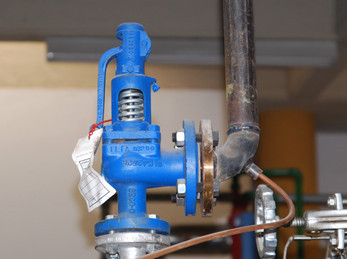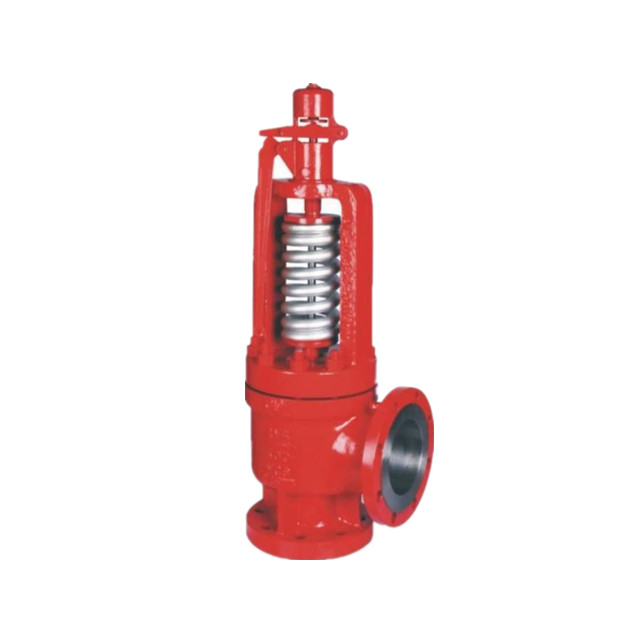The basic idea is that the valve will close when the pressure inside the vessel reaches a certain level. As the pressure decreases, the spring force Fp will become smaller. The valve remains open while the flow acts on the enlarged disc area. Once the pressure reaches the safe level, the safety valve will close when the disc touches the nozzle. This article will explain the basic workings of a safety valve and the purpose of this device.
A safety valve opens when it reaches a specified overpressure. The disc will lift off its seat and flow if the pressure exceeds the set pressure. The force applied to open the valve depends on the set pressure and standard for the specific application. The valve will open and close rapidly when the pressure reaches the predetermined pressure. However, it is important to note that this mechanism is only effective if the set pressure is greater than the operating pressure.
Table of Contents
ToggleWhat Is a Safety Valve?
What is a safety valve? Safety valves are essential components in systems and devices that require the ability to control extreme conditions. Examples include steam boilers, water heaters, and refrigeration systems. Safety valves are designed to open when pressure or temperature levels threaten the physical structure of a device. They can be activated during the critical first moments of system startup or a prolonged stop. Safety valves also prevent a system from exploding.
Safety valves are necessary for many applications, including heating systems, boilers, and air conditioning systems. They protect people and property from the effects of system failures by offering an extra means of reducing system pressure before it results in total failure. Safety valves are essential in any environment where pressure is constantly rising and can even prevent explosions or fires. However, they’re not for every situation. Safety valves are only effective when installed correctly, and they’re not as common as you might think.
How Does a Safety Valve Work?
If you’ve ever wondered how a safety valve works, you’ve come to the right place. To better understand this process, you’ll need to understand its basic workings. The safety valve is a mechanical device that opens and closes when the pressure in the system reaches a predetermined level. This is different from a relief valve, which has a half-open position and will close only when the pressure drops below the predetermined level.
A safety valve opens fully in a short time to reach maximum blow-off capacity. It does this by lifting a disc with a large diameter. The spring force of the disc and the pressure in the vessel act against one another, and the balance prevents the disc from falling on the valve seat. This opens the valve at full lift and leaks audibly as the pressure inside the system increases. Once this happens, the valve closes automatically.
Pressure relief valves and safety valves work differently. A relief valve is designed to relieve pressure and opens proportionally to the increase in pressure. A safety valve, on the other hand, opens instantly to relieve pressure in an emergency. It is often used in combination, so the two valves can perform their distinct functions. A relief valve requires an operator control signal while a safety valve does not.











